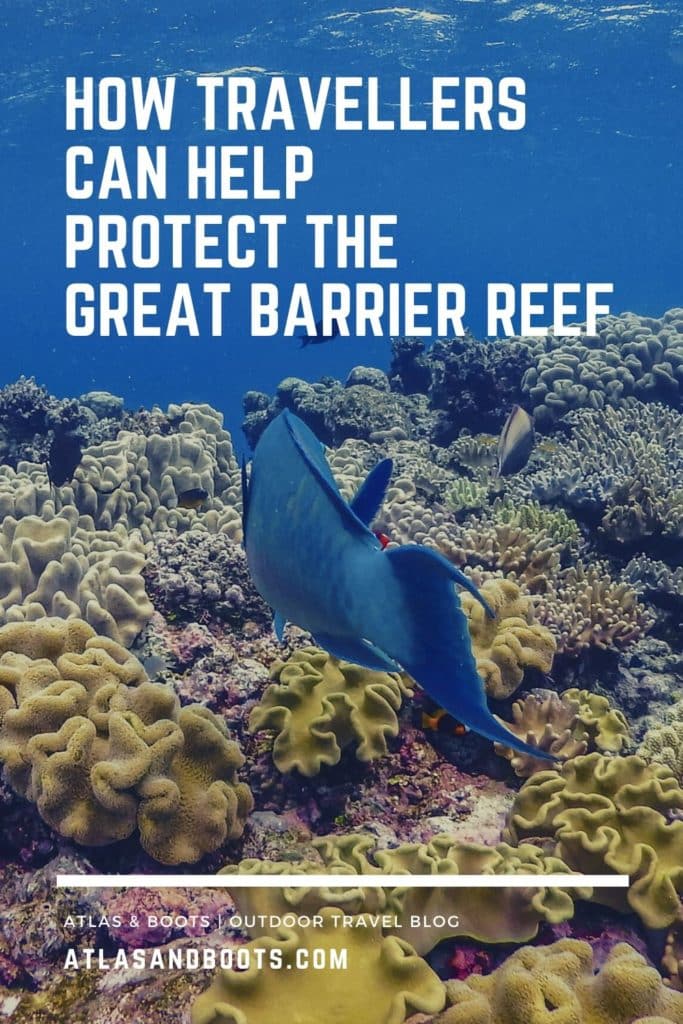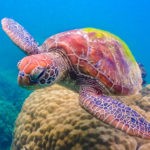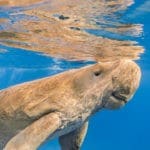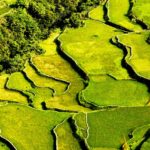Our tips on how you can help protect the Great Barrier Reef, the largest living structure on the planet
The Great Barrier Reef in Australia is a natural treasure and a UNESCO World Heritage Site. It is the largest reef system on the planet and comprises 900 islands, 2,900 reefs with 400 types of coral, 1,500 species of fish and 4,000 types of mollusc! It is also under threat.
In 2016, experts found that approximately 35% of the coral in the northern and central sections of the Great Barrier Reef are dead or dying. This startling trend has a number of causes: climate change, poor water quality from land-based run-off, coastal development, illegal fishing, damage from major storms and the proliferation of crown-of-thorns starfish.
Rising water temperatures stress coral because they are extremely sensitive to changes in temperature. This results in coral bleaching, a process by which the coral turn white after expelling the symbiotic algae living in their tissue. The algae provide up to 90% of the coral’s energy. Bleached coral continue to live, but begin to starve after bleaching.
The prognosis looks bleak which is why sustainable tourism is more important than ever. Here, we share information on how to reduce the impact of your visit and help protect the Great Barrier Reef.
1. Choose eco-certified travel operators
Using responsible marine tourism operators to visit the reef is a good way to support conservation efforts. It is important to ensure that your chosen operator is certified by Ecotourism Australia.
Ecotourism is ecologically sustainable tourism with a primary focus on experiencing natural areas that fosters environmental and cultural understanding, appreciation and conservation.
– Ecotourism Australia
In choosing an operator certified by Ecotourism Australia, you can be sure that it’s deemed sustainable by the Global Sustainable Tourism Council (GSTC).
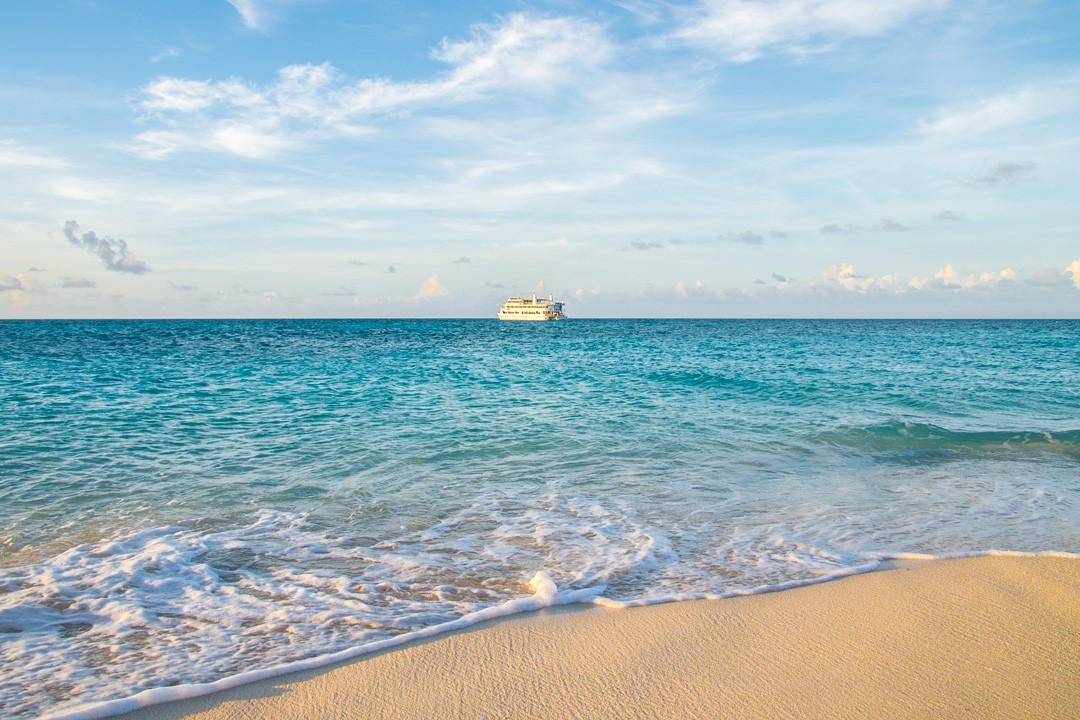
We chose Coral Expeditions for a small-ship expedition to the Great Barrier Reef. Certified operators like Coral Expeditions use resources wisely, contribute to the conservation of the environment, help local communities and educate clients about the local environment and marine life.
Operators who claim to be certified should provide evidence of accreditation on their website (like this). If this can’t be found, be prepared to ask questions such as what do they do to minimise their impact on the local ecosystem?
2. Use less plastic
One of the biggest threats to marine life is plastic. With over five trillion pieces already thought to be polluting our oceans, reducing our plastic use – particularly single-use items such as bottles and straws – is essential to protecting the environment.
This begins at home by reducing use of plastic when shopping, eating out or buying a coffee in the morning. On holiday, there are myriad ways to travel green. Start by reading about the growing raft of plastic-free initiatives and follow their pledges to help protect the Great Barrier Reef.
3. Take part in citizen scientist programs
There is a growing number of conservation foundations, charities, national parks and eco-friendly hotels that run citizen scientist programs in the Great Barrier Reef. These encourage travellers to take an active role in contributing to the long-term protection of the reef.
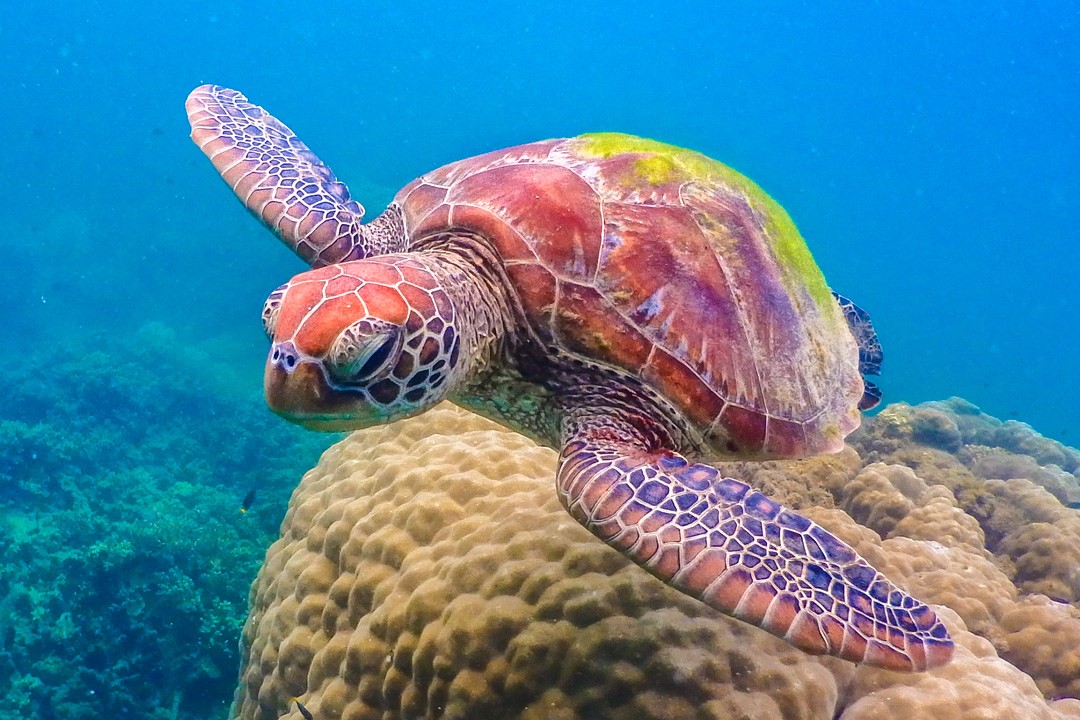
The Reef Citizen Science Alliance is a network of sustainable, collaborative and innovative citizen science programs based in the Great Barrier Reef. A list of programs with which they work can be found here.
Among them are CoralWatch and Eye on the Reef which rely on visitors to upload GPS-tagged images and video of coral bleaching, stranded wildlife and other observations that help support conservation programs in their research and work.
4. Volunteer on a reef conservation project
You can go a step further by volunteering at marine conservation projects. The Great Barrier Reef Foundation has an extensive and growing list of organisations at which like-minded people can volunteer for group activities or collect data in their own time and contribute to the cause.
Some projects even include a diving course, making them an ideal way to help protect the reef while picking up your certification.
5. Look, photograph, but never touch
This should go without saying, but we have witnessed even dive instructors in other countries breaking this golden rule. Whether you are swimming, snorkelling or diving, resist the urge to reach out and touch what you see.
Coral are made up of thousands of polyps – tiny animals similar to anemones and jellyfish – which are incredibly delicate. These can be killed by simple touch or by stirring up sediment which can smother them.
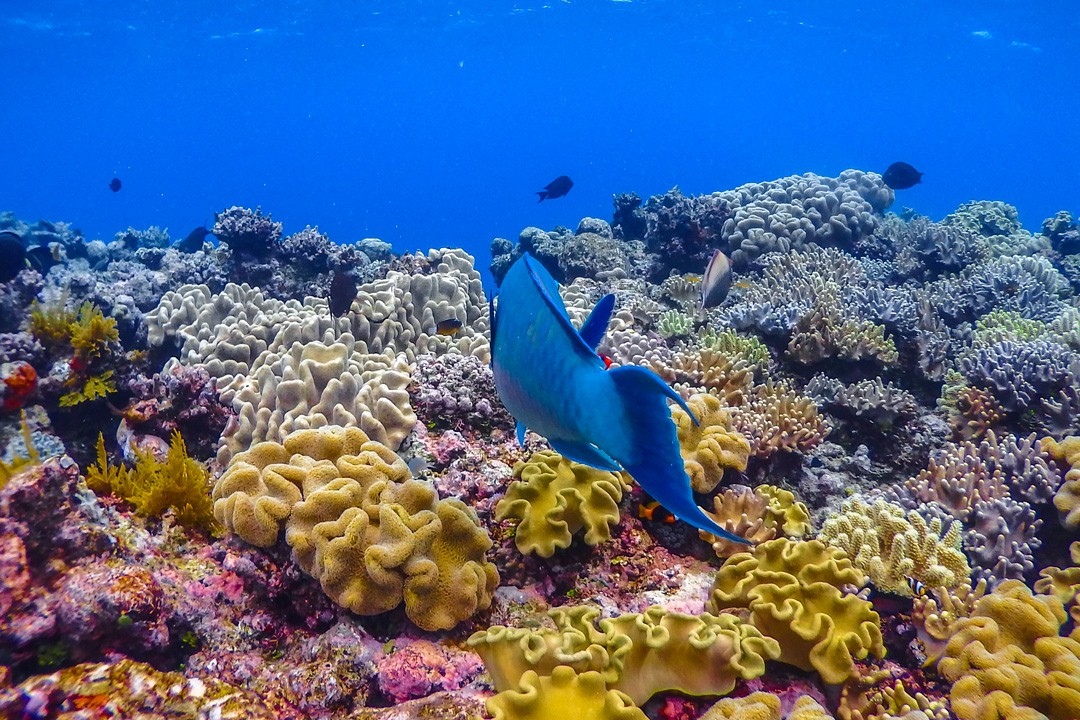
When diving in reef systems, take extra care to practise neutral buoyancy and always be aware of your fins to minimise stirring sediment.
6. Choose reef-safe sunscreen
In 2015, a report estimated that around 14,000 tons of sunscreen are ending up in the world’s coral reefs causing irreversible damage. This year, Hawaii became the first US state to ban sunscreens harmful to coral reefs.
The bill prohibits the sale of sunscreens containing chemicals oxybenzone and octinoxate which scientists say contribute to coral bleaching. These chemicals can kill developing coral, increase coral bleaching and cause genetic damage to coral and other marine life.
There is now a growing number of reef-safe sunscreen brands which avoid using these harmful ingredients and, in doing so, help to protect the Great Barrier Reef.
7. Choose sustainable seafood
You can help protect the Great Barrier Reef by thinking a little more carefully about the type of seafood you eat. Overfishing is a major problem in the world’s oceans, particularly in reef systems, so avoiding out-of-season seafood is one way to help.
It’s worth reading Australia’s Sustainable Seafood Guide to help you make informed seafood choices.
8. Or none at all…
You could go one step further and cut meat and fish from your diet altogether. A recent study suggests that avoiding meat and dairy is the “single biggest way” to reduce your environmental impact on the planet.
A vegan diet is probably the single biggest way to reduce your impact on planet Earth, not just greenhouse gases, but global acidification, eutrophication, land use and water use. It is far bigger than cutting down on your flights or buying an electric car.
– Joseph Poore, University of Oxford, UK
9. Don’t buy coral products
Finally, purchasing coral jewellery and other types of coral souvenirs only contributes to the decline of coral systems around the world. Avoid these products to help protect the Great Barrier Reef.
Enjoyed this post? pin it for later…
Lonely Planet Australia is a comprehensive guide to the country, ideal for those who want to both explore the top sights and take the road less travelled.
